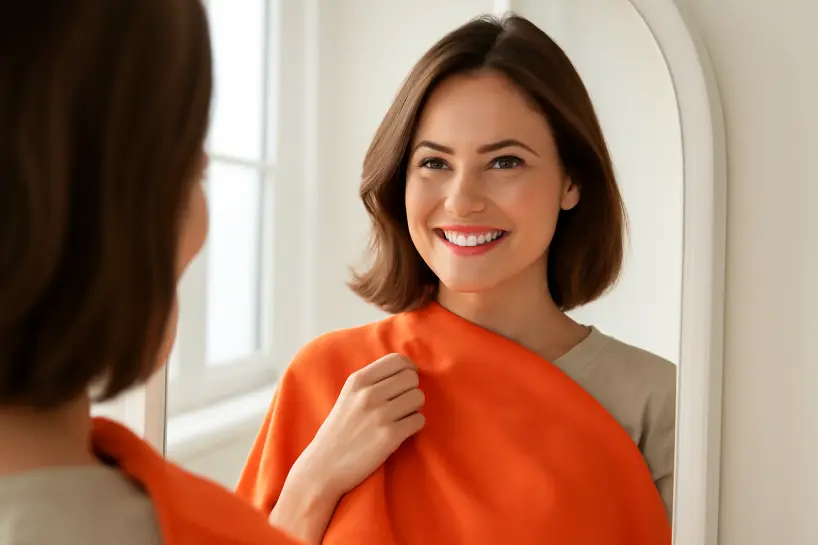Have you ever tried on a beautiful fabric—silky, flowy, in the latest trend—and still felt like something’s off?
Chances are, it wasn’t the fabric quality or the cut—it was the color.
Color has a silent power. It can make your skin look radiant or dull. It can highlight your eyes, add glow to your face, or completely clash with your natural features. At Tessuti, we believe choosing the right color for your skin tone is the secret to timeless, confident dressing.
Let’s explore how you can master this.
Why Fabric Color Matters More Than You Think
Colors aren’t just for decoration—they create emotions, influence perceptions, and even reflect your personality. But most importantly, when it comes to clothing, colors can enhance your natural beauty.
You don’t need to follow every color trend. Instead, focus on what harmonizes with you—your undertone, your skin glow, and your personal vibe.
Identify Your Skin Tone
Your skin tone is the surface color (fair, medium, deep), but your undertone is what really decides which colors suit you.
There are three main undertones:
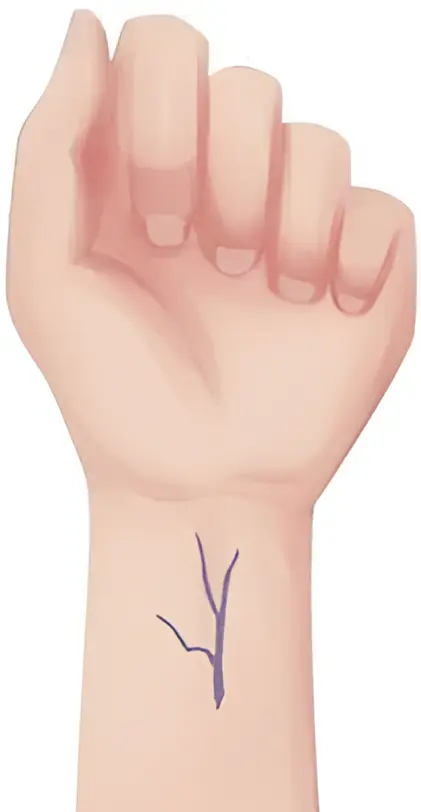
1. Cool Undertone
- Skin has pink, red, or bluish hues
- Veins on the wrist look blue or purple
- Silver jewellery suits you better than gold
- You may burn easily in the sun
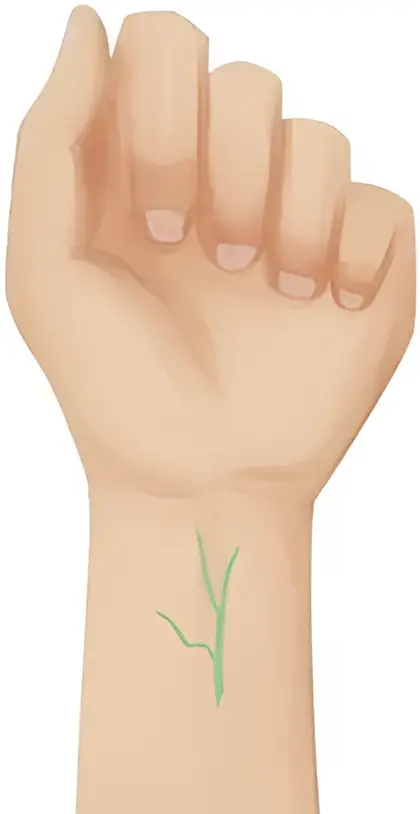
2. Warm Undertone
- Skin has yellow, peachy, or golden hues
- Veins appear green
- Gold jewellery looks more flattering
- You can easily and rarely burn
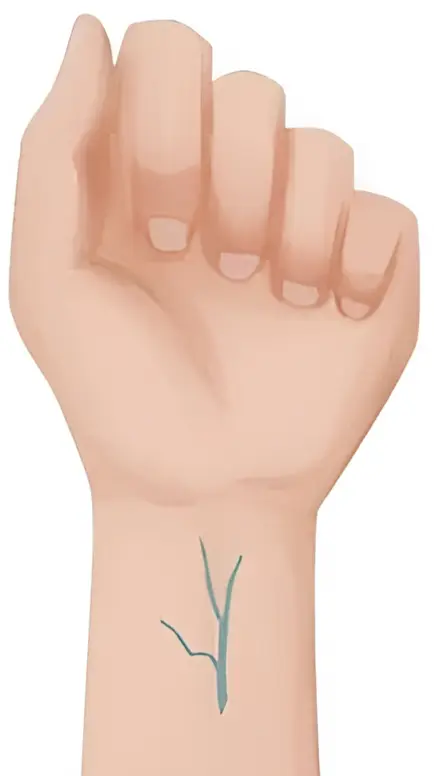
3. Neutral Undertone
- A mix of warm and cool—neither strongly stands out
- Veins may look blue-green
- Both silver and gold jewellery look good on you
- Most colors feel ‘okay’, but few truly stand out
Color Choices Based on Skin Tone
If You Have a Cool Undertone
Cool tones glow best in crisp, icy, and jewel-like shades.
Go For:
- Deep blues, emerald green, sapphire, royal purple
- Icy shades: baby blue, mint, lavender, light grey
- Bold: fuchsia, magenta, wine red
- Neutrals: black, navy, true white
Avoid:
- Earthy tones like mustard, burnt orange, olive, or camel—they may make your skin look tired.
Fabric Ideas at Tessuti:
Try satin in icy blue, chiffon in lavender, or georgette in emerald tones.
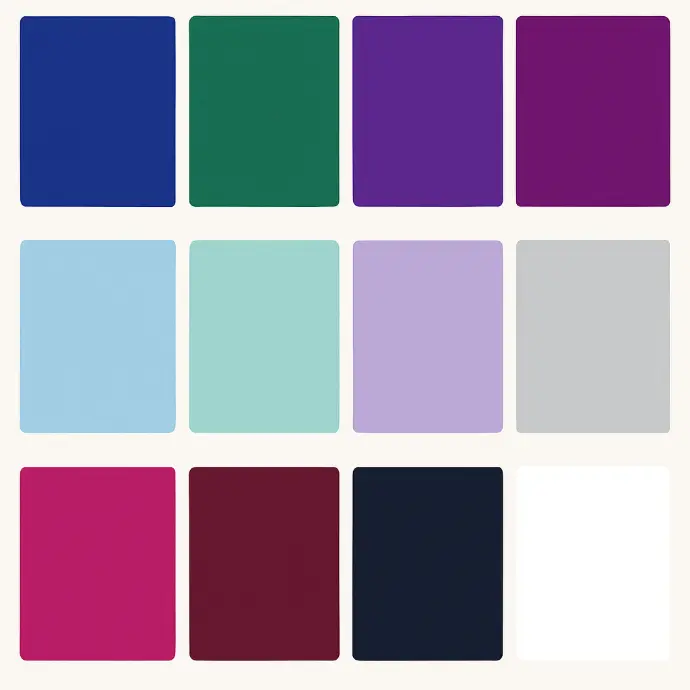
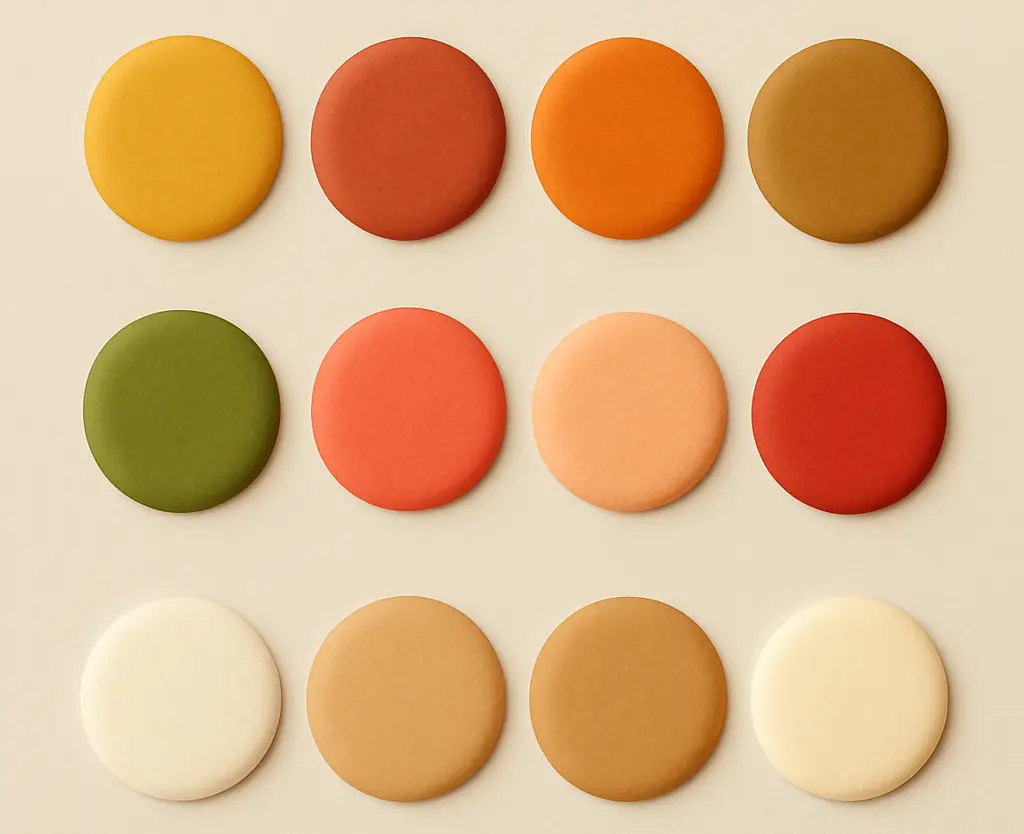
If You Have a Warm Undertone
Warm skin glows with sun-kissed, earthy, and spicy hues.
Go For:
- Mustard yellow, terracotta, warm orange, golden brown
- Olive green, coral, peach, tomato red
- Neutrals: ivory, beige, camel, soft cream
Avoid:
- Icy pastels and stark black or pure white—they may look harsh or drain your glow.
Fabric Ideas at Tessuti:
Banana crepe in coral, organza in warm blush, or cotton in olive tones.
If You Have a Neutral Undertone
Lucky you—you can explore both worlds. But balance is key. Go for muted or blended tones rather than extremes.
Go For:
- Dusty pink, jade green, teal, soft mauve
- Balanced neutrals like taupe, off-white, warm grey
- Mid-tones that aren’t too bright or dull
Avoid:
- Neon brights or very harsh contrasts—they can overpower your skin.
Fabric Ideas at Tessuti:
Try linen in dusty mauve, silk in teal, or rayon in taupe.
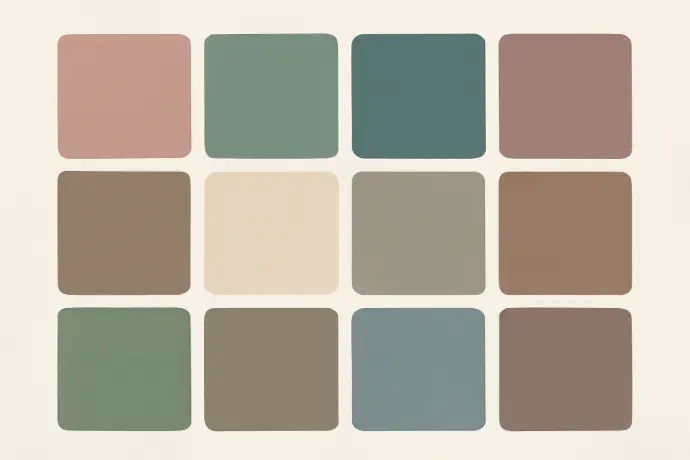
Still Not Sure? Use the Drape Test
Even with all the theory on undertones and color charts, the best way to know what suits you is to see it for yourself.
Take a piece of fabric—any shade you're considering—and stand in natural daylight near a window or outside. Make sure you have no makeup on, and your hair is away from your face.
Now, drape the fabric loosely over your shoulder or chest and look in the mirror. Pay attention to the following:
- 🔹 Does your face appear brighter, fresher, and more awake?
- 🔹 Do your eyes look clearer, more defined, or slightly dull?
- 🔹 Is your skin glowing or looking patchy or shadowed?
- 🔹 Does the color blend with your natural tone—or overpower it?
If the fabric harmonizes with your skin—making your face appear more vibrant and your features more prominent—that’s your color. If the color seems to “wear you” instead of you wearing it, it might be better left aside.
